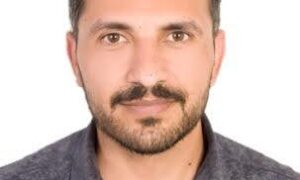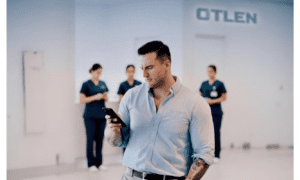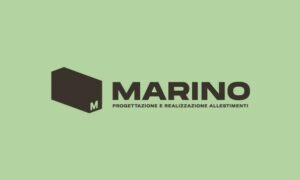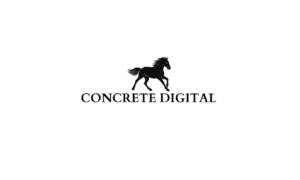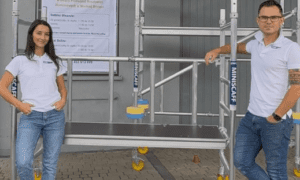The sudden death of a loved one is a life-altering event, especially when there are signs that someone else’s negligence may have contributed to the tragedy. Whether it involves a medical error, a car accident, or an unsafe environment, recognizing negligence as the root cause can help families seek justice and closure. Identifying the signs of negligence requires careful attention to details and circumstances surrounding the incident.
Exploring how families can determine if negligence played a role in a loved one’s death is crucial for pursuing accountability and preventing similar tragedies. Understanding these signs is the first step in pursuing accountability and preventing similar tragedies. If you suspect negligence, seeking legal guidance for wrongful death cases in Aurora can help protect your rights and navigate the complexities of the legal process. With the right knowledge and support, families can take action to honor their loved one’s legacy and secure justice.
Unexplained Medical Errors
Medical errors are one of the most frequent causes of wrongful death, yet they are often overlooked or dismissed as unavoidable complications. If a loved one passes away unexpectedly following a routine procedure or treatment, it’s crucial to investigate further. Signs of negligence might include a misdiagnosis that delayed proper treatment, a failure to monitor the patient adequately, or administering incorrect medications or dosages.
Requesting detailed medical records is essential to understanding the events leading to the death. Consulting with independent medical experts can help uncover lapses in care or deviations from standard procedures. If medical negligence is suspected, pursuing legal action can hold healthcare providers accountable while ensuring that others are protected from similar mistakes.
Unexplained Medical Errors
Medical errors are one of the most frequent causes of wrongful death, yet they are often overlooked or dismissed as unavoidable complications. If a loved one passes away unexpectedly following a routine procedure or treatment, it’s crucial to investigate further. Signs of negligence might include a misdiagnosis that delayed proper treatment, a failure to monitor the patient adequately, or administering incorrect medications or dosages.
Requesting detailed medical records is essential to understanding the events leading to the death. Consulting with independent medical experts can help uncover lapses in care or deviations from standard procedures. If medical negligence is suspected, pursuing legal action can hold healthcare providers accountable while ensuring that others are protected from similar mistakes.
Defective Products and Equipment
Defective products or equipment often contribute to accidental deaths, with negligence potentially lying at the manufacturer’s, distributor’s, or retailer’s feet. Examples include vehicles with faulty brakes, appliances prone to overheating, or industrial equipment lacking proper safety features. These issues can lead to catastrophic accidents that claim innocent lives.
Families should gather evidence, including the product itself, user manuals, and any prior safety recalls. Working with forensic experts can help identify design flaws or manufacturing defects that caused the accident. Filing a product liability claim ensures that negligent parties are held responsible and can lead to improved safety standards for consumers.
Negligence in Motor Vehicle Accidents
Motor vehicle accidents are a leading cause of wrongful death, with negligence often playing a significant role. Reckless driving behaviors like speeding, texting, or driving under the influence are common causes. However, other factors, such as poorly maintained roads or defective vehicle parts, can also contribute to fatal accidents.
To uncover negligence, families should examine police reports, witness statements, and any available traffic camera footage. Consulting a legal professional can help identify overlooked details, such as third-party liability or mechanical failures. Holding the responsible parties accountable not only provides justice but also promotes safer roadways for others.
Lack of Proper Supervision
Negligence often plays a role in deaths involving vulnerable individuals, such as children or the elderly, particularly in care facilities, schools, or daycare centers. Signs of negligence include understaffing, lack of proper training, or failure to enforce safety protocols. For example, an elderly individual might wander unsupervised in a nursing home, or a child may encounter dangerous conditions due to a lack of oversight.
Families should investigate the care facility’s history, policies, and any prior complaints of neglect. Gathering witness statements and photographic evidence can strengthen a case. Taking legal action not only seeks justice for the victim but also compels care facilities to uphold higher safety standards.
Failure to Maintain Safe Premises
Unsafe conditions on private or public property can lead to fatal accidents, with property owners often responsible for addressing known hazards. Examples include slippery floors, inadequate lighting, or structural failures that create unsafe environments. Such conditions can cause devastating accidents like falls, fires, or even building collapses.
Families should document the unsafe conditions with photographs and gather any available maintenance records or prior complaints about the property. Legal assistance ensures that property owners are held liable for their failure to maintain safe environments. Compensation can cover financial losses and encourage stricter adherence to safety regulations.
Patterns of Negligent Behavior
In many cases, negligence is not an isolated event but part of a recurring pattern. This can involve repeated safety violations, prior lawsuits, or documented complaints against an individual or entity. For example, a trucking company with a history of overworked drivers or a hospital with a record of malpractice claims demonstrates systemic negligence.
Identifying these patterns strengthens a wrongful death claim and highlights broader accountability issues. Legal professionals can uncover these patterns through detailed investigations, records analysis, and expert testimony. Pursuing such cases not only addresses the immediate loss but also works toward systemic change.
Seeking Legal Guidance for Suspected Negligence
When negligence is suspected in a loved one’s death, navigating the legal process can be overwhelming, particularly during a time of grief. Wrongful death claims often involve complex investigations to prove liability, calculate damages, and negotiate with insurance companies. Without experienced guidance, families may struggle to secure the compensation they deserve.
Consulting a wrongful death attorney helps families gather evidence, identify liable parties, and build a strong case. Legal representation not only eases the burden of navigating the process but also ensures that every aspect of the family’s loss is recognized. This path toward justice provides emotional relief while honoring the memory of the loved one.
Read More From Techbullion








